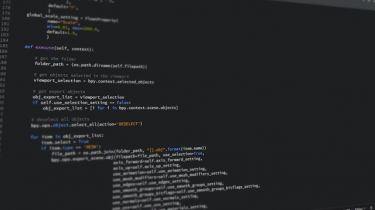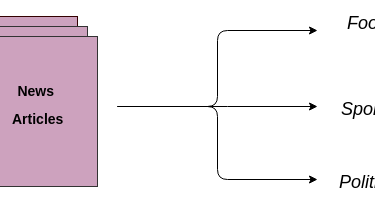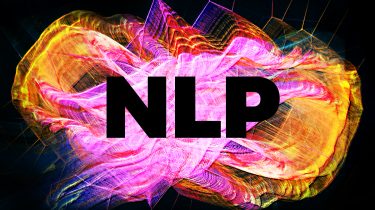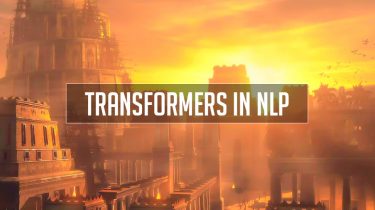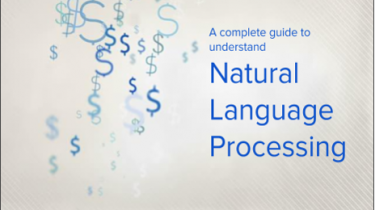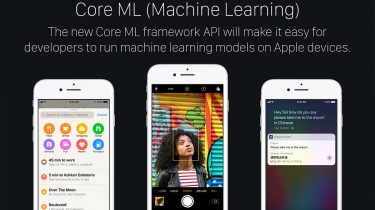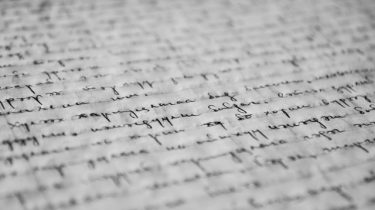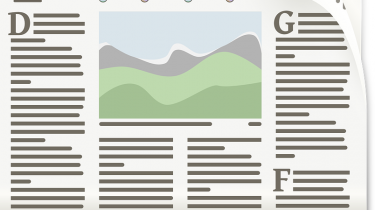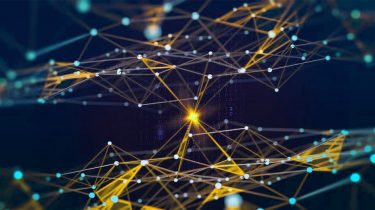Building a FAQ Chatbot in Python – The Future of Information Searching
Introduction What do we do when we need any information? Simple: “We Ask, and Google Tells”. But if the answer depends on multiple variables, then the existing Ask-Tell model tends to sputter. State of the art search engines usually cannot handle such requests. We would have to search for information available in bits and pieces and then try to filter and assemble relevant parts together. Sounds time consuming, doesn’t it? Source: Inbenta This Ask-Tell model is evolving rapidly with the […]
Read more